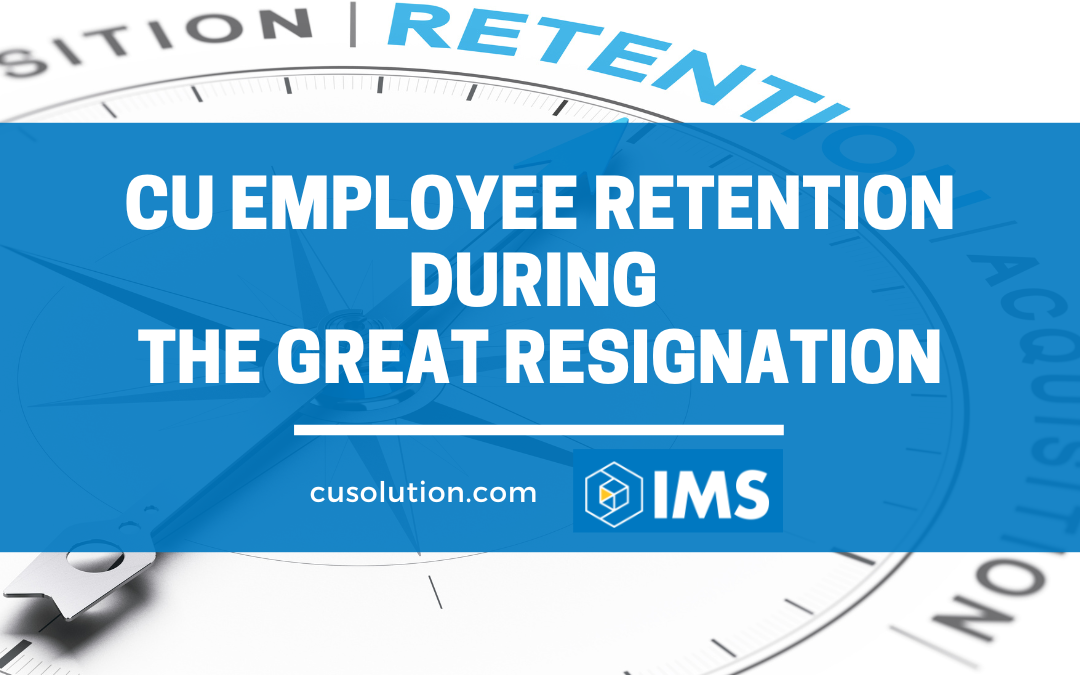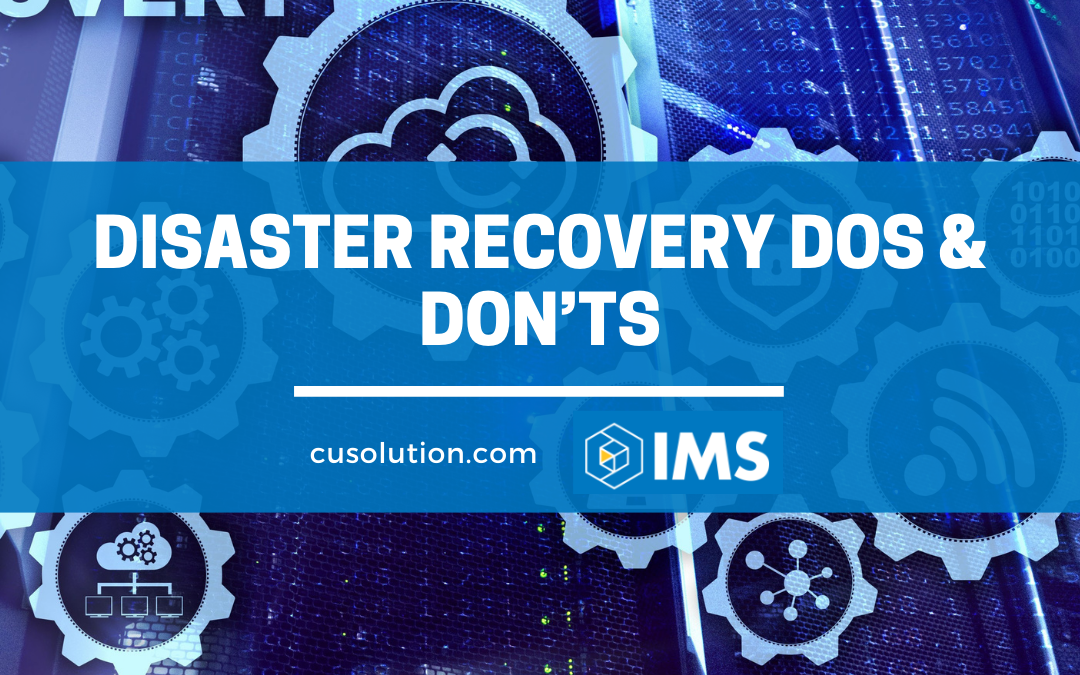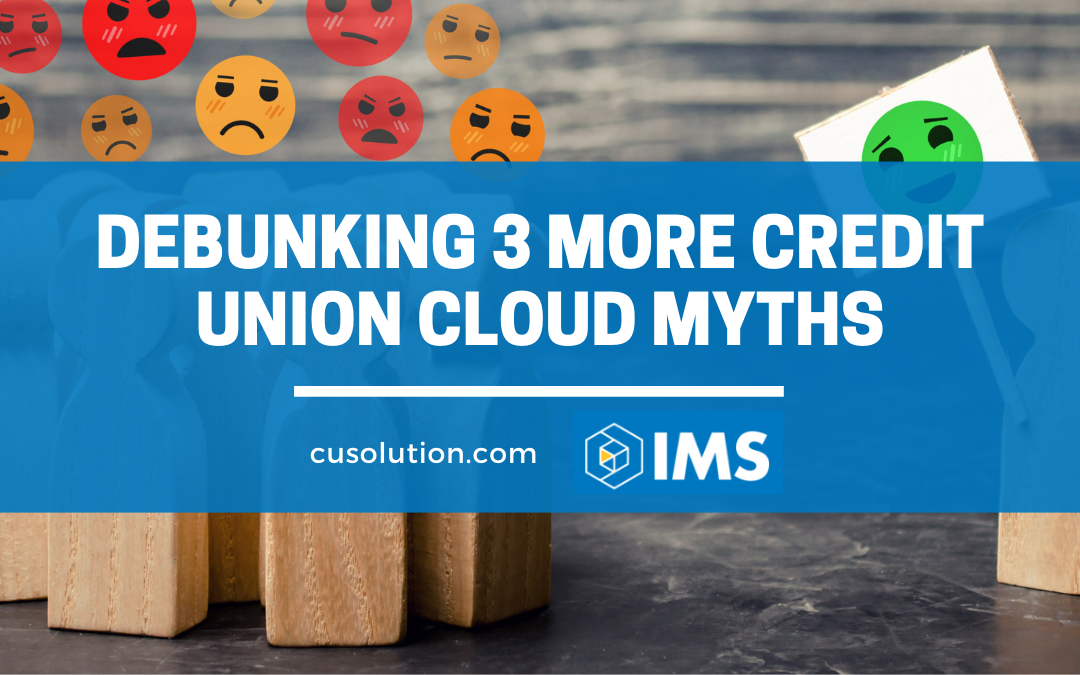
by admin | Jan 23, 2023 | Uncategorized
Credit unions are a popular financial institution for many, yet the digital experience offered to their members can vary greatly. There are lots of insights and ways credit unions can use the digital experience at the top 100 credit unions to augment and...

by admin | Oct 17, 2022 | Uncategorized
The discussions surrounding employee retention in light of the recent Great Resignation call into question several core tenants of the hiring process and those who are involved in it. And while many hiring experts say the worst of the movement took place during...

by admin | Jun 6, 2022 | Business Continuity Planning, Uncategorized
Credit unions have had their fair share of setbacks in the last year. However, the recent 4th quarter report from the National Credit Union Administration (NCUA) shows that assets, shares, and deposits grew during the last months of 2021. To capitalize on that...

by admin | Nov 29, 2021 | Backup, Uncategorized
In a previous blog post, we debunked 3 credit union cloud computing myths, and we’re here to do it again. Cloud computing has been gaining popularity for years, but the events of 2020 and 2021 have accelerated widespread adoption. And with that rapid change...

by admin | May 26, 2019 | Uncategorized
Every time a member completes a simple transaction, chances are they won’t be thinking about all the integrations your credit union implemented for it to happen. Members aren’t thinking about how the core is integrated with applications whenever they check their...





